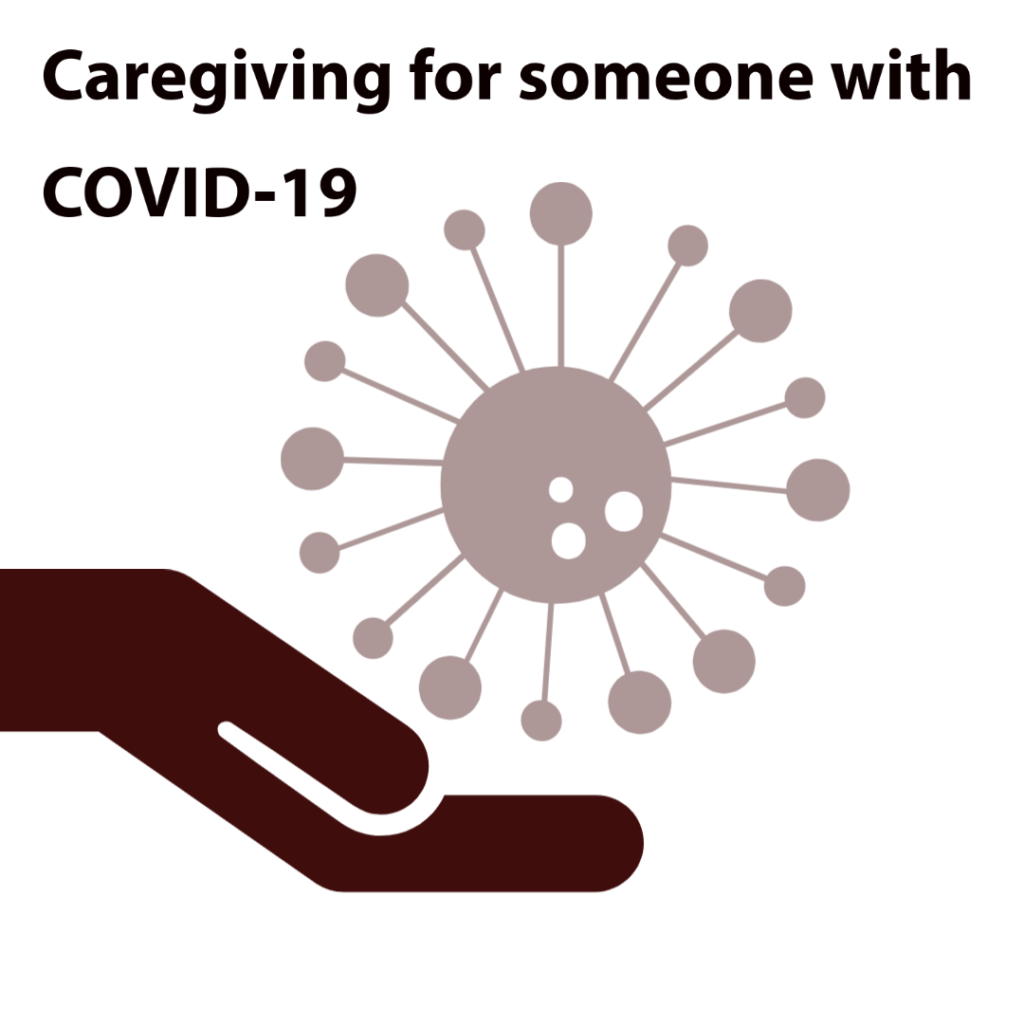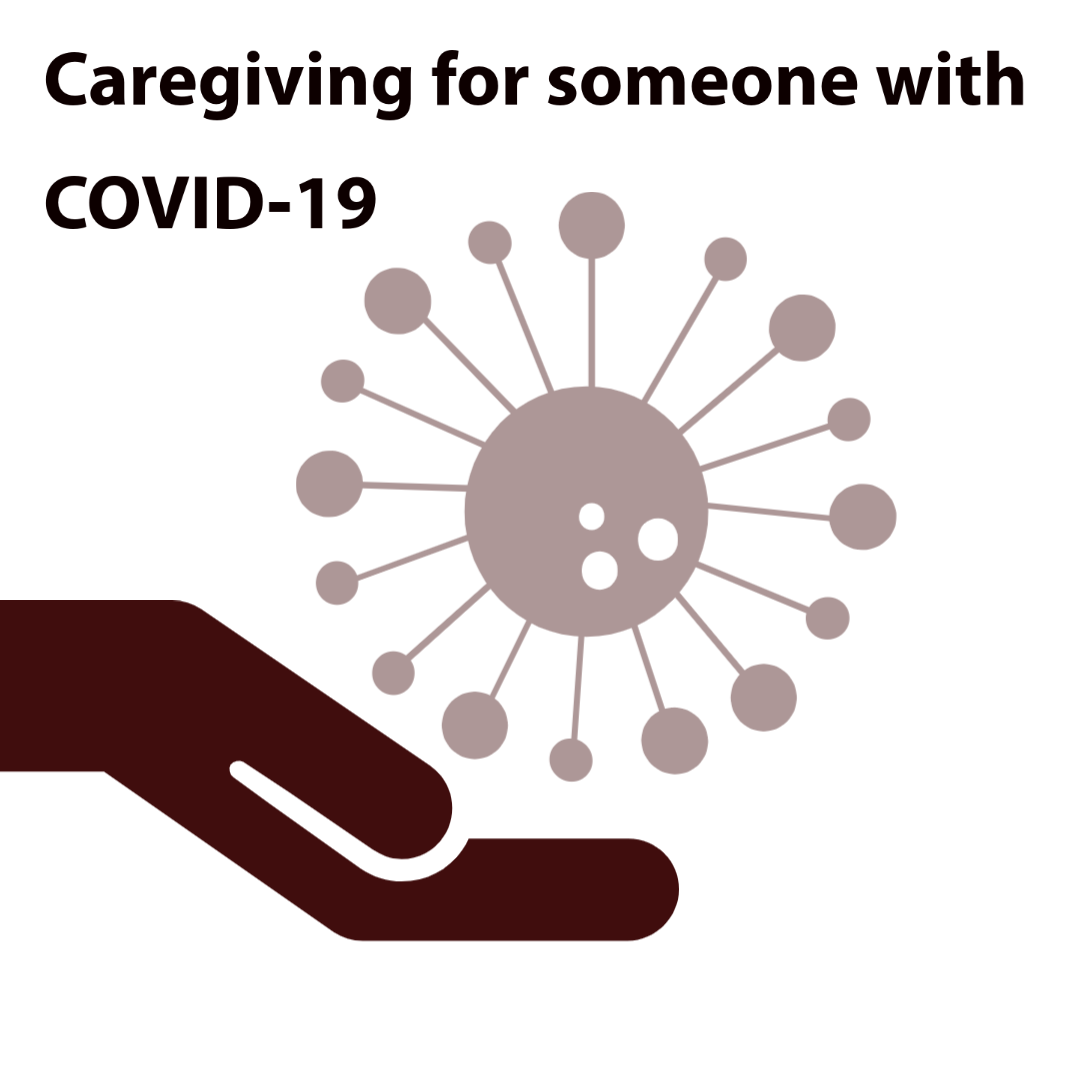Let’s be real, we are ALL over COVID19! It has taken over our lives, instilling uncertainty, fear, grief and loss. Here’s the thing, as human beings we have been able to adapt! Part of adapting to this new life of COVID19 is learning how to work around this virus. Until a vaccine is readily available, we are at increased exposure. Exposure from our friends, family members and strangers we interact with. I’m sure most of you know someone who has already been exposed to COVID19. Some of you have to be the caregiver to someone who has the virus.
I want to try and alleviate your fears and anxiety about COVID19. I’m going to share with you the inside scoop of how medical workers are adapting to the virus. And I’m going to tell you the secrets to caregiving for someone with COVID19.
The Reality of COVID19
A lot of people show up to the Emergency Department with symptoms of the Coronavirus. Several of these people will be admitted to the hospital due to the severity of their symptoms. When I go to assess my patients who have Coronavirus, I have found that many of them expect to stay in the hospital until they are negative. Well, I’m here to tell you some shocking news: with the increasing surge of COVID19 in the U.S., hospitals are filling up quickly!
The first thing I want to tell you is that unfortunately there just aren’t enough beds in hospitals. I wish there were. However, hospitals are designed to treat “acute” needs. The virus can be in your system for up to 90 days per the CDC. There are WAY more people in the U.S. than there are of hospital beds.
This leaves other patients who are severely ill with other ailments without a bed and without critical treatment!
Although COVID19 is an issue, it isn’t the end-all, be-all diagnosis for people. There are lots of patients with worse conditions. If left untreated, have a higher riskof leading to death. Some of these include cancer diagnoses, heart conditions, other respiratory conditions such as COPD, sepsis and urgent traumas.
If hospitals are too full, we will likely see an increased number of deaths in the U.S., but not from COVID19.
“Only 0.2% of COVID cases require critical care in an ICU”
It’s estimated that between 60-90% of people who are diagnosed with COVID, recover successfully. Many people with COVID symptoms are not severe enough for the hospital and are able to recover at home. In fact only 0.2% of COVID cases require critical care in an ICU.
I currently work with a minimum of 16 patients daily who are COVID positive who admit to the hospital. Some are certainly very ill largely due to their previous comorbidities. The hospital team provides the intensive care needed to improve their symptoms and help lead them to a successful recovery.
There are a large percent of admitted patients that become medically stable within 24 hours of their admission. These patients received acute treatment by their providers and their body responded positively in a short period of time. As symptoms improve, they no longer require urgent treatment and monitoring of their symptoms.
Most importantly, they can continue to improve at home with continued self-monitoring, proper Personal Protective Equipment (PPE) and social distancing. If you are unfamiliar with PPE, this includes masks, goggles, gloves and gowns in a hospital setting. In the community setting the only PPE suggested by the CDC is your mask. In addition, it’s important to have good hand hygiene and clean surfaces in your home everyday.
Case Study
I’ll provide an example of a patient that may become medically stable to return home after being diagnosed with COVID.
A patient admits to the hospital with symptoms of a cough, shortness of breath and a slight fever. Let’s say the patient goes to the Emergency Department (ED). Within 15 minutes of the rapid COVID test their results are positive. Their shortness of breath and fever will likely initiate admission to the hospital. As a result, further testing and monitoring of symptoms will help determine the course of treatment.
Most of the treatment that is given at the hospital is convalescent plasma and medications called Remdesivir and Dexmethasone.
Within 24 hours of the patient receiving the treatment, their shortness of breath decreases and their fever dissipates. The patient does not require oxygen and there are no concerns for sepsis with the fever gone.
Recovery is can continue with oral prescription medications (think of an antibiotic course) for a few days, rest and fluids. With this treatment plan, these are things that can be done at home. Heart monitoring, IV fluids or IV medications is no longer needed for treatment. These will just increase hospital bill. Trust me, you do NOT want a long fight with your insurance company for coverage.

The Secret to Staying Safe While Caregiving
Finally, let’s talk about the secrets to caregiving to someone with COVID19.
First of all, the biggest concern you may have: making sure you don’t get the virus and keeping your family safe. I think this concern is completely valid! I get it! We want to protect ourselves and our loved ones.
“Top Questions families ask: Is it ok for their loved one to come home while they are still COVID positive? What do I do at home to make sure I don’t get COVID?”
The top questions families ask me:
Is it ok for their loved one to come home while they are still COVID positive? AND What do I do at home to make sure I don’t get COVID from them?
I’m going to tell you what I and my medical team tell our patients and their concerned family members. The instructions and advice we provide comes directly from the CDC and experts who are studying COVID.
- It is OK to pick up your loved one from the hospital if they are positive. Just be smart about it. Wear a mask! The patient should also wear a mask!
- Wash your hands! Hand washing is vital in preventing the spread of COVID. CDC guidelines recommend washing your hands with soap and water for at least 20 seconds. If you don’t have access to soap and water, use hand sanitizer that is a minimum of 60% alcohol.
- Quarantine. This might be the most difficult thing to do when caregiving. But it’s still important! If possible find a way to isolate all members of the household away from the person that tested positive. Sometimes that means the patient is isolated in a bedroom or another part of the home for 10-14 days after being tested positive. Meals can be left outside the room door. If someone needs help with eating, the caregiver should wear a mask and wash hands/sanitize rigorously.
- Monitor. It’s important to monitor your own health. If you develop a fever, cough, shortness of breath, fatigue, diarrhea or chest pain, call your Primary Care Provider for instructions.
- Clean your home. Keep surfaces and high traffic areas clean and sanitized by wiping them down with disinfecting wipes or cleaning spray that is designed for viruses. Areas you may not think about are door handles, light switches, faucet handles, and toilet flush lever.
Below is the link to a video provided by the CDC on the Top 10 ways you can manage COVID symptoms at home.
It is possible for the illness to be managed at home safely and properly. Not all COVID cases require hospitalization for an extended period of time. It’s important to try and keep hospital beds available for those who are severely and acutely ill.
I promise you that following the CDC guidelines and working with your primary care provider can help you and your family stay safe.
It’s important that we as a community work together to keep each other safe and help community hospitals remain available to treat people with life-threatening illnesses.


No responses yet